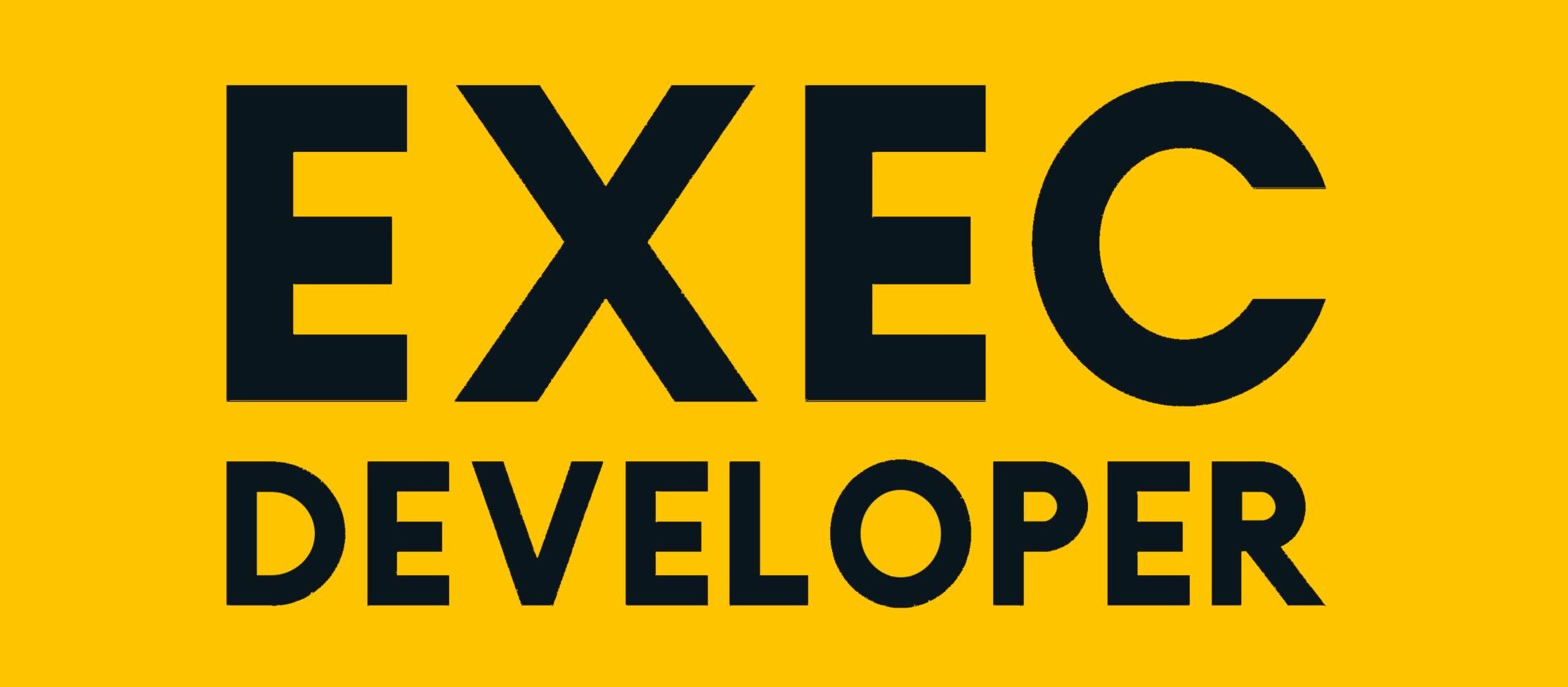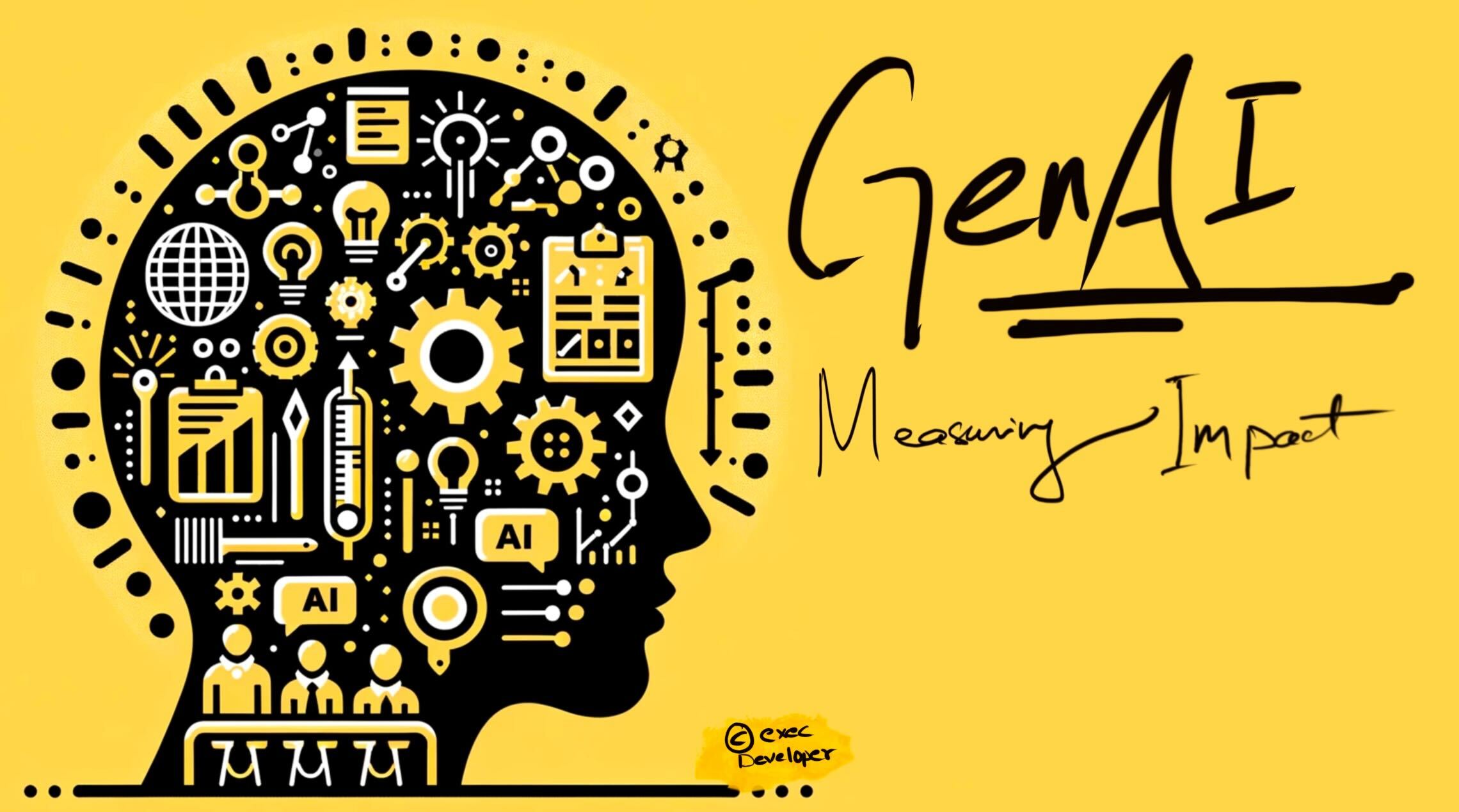The dawn of Generative Artificial Intelligence (GenAI) signals a paradigm shift in the realm of software engineering. An in-depth whitepaper by Ness Zinnov meticulously articulates this transformation, revealing GenAI as not just an enhancement but a complete reimagining of development workflows. Here are the thoughts and interesting insights uncovered from this paper.
The GenAI Productivity Phenomenon
As the whitepaper elucidates, GenAI has been instrumental in achieving a significant reduction in task completion times, especially for routine code updates. This marks a monumental leap toward unparalleled efficiency, reducing timelines while simultaneously elevating the quality of output. The adoption of GenAI is posited as not merely beneficial but revolutionary, with potential ‘reductions in task completion times by up to 70%’ for existing code updates.

Democratizing Expertise in Software Development
The chasm between the skill levels of junior and senior developers is a well-known challenge in the industry. GenAI is the bridge. It empowers less experienced developers with tools and insights, effectively leveling the playing field and accelerating their growth. For seasoned experts, GenAI serves as a catalyst for enhanced productivity, reducing task completion time by nearly half. This tiered enhancement is essential for driving collective progress within a development team.
Tackling Complexity with a Human-AI Symbiosis

High-complexity coding environments reveal the limitations of GenAI, where a nuanced touch and expert insight remain crucial. The whitepaper points out a modest ‘10% reduction in task completion time for high code complexity’ scenarios, highlighting the synergistic potential of human and GenAI collaboration.
Engagement and Retention: The Human Factor
Beyond the lines of code, GenAI stands out as a significant contributor to engineer engagement. The whitepaper details that ‘70% of the engineers reported improved engagement’ due to GenAI’s influence, underscoring the technology’s role in enhancing job satisfaction and retention.
GenAI as a Knowledge and Risk Conduit
The whitepaper offers a compelling narrative on GenAI’s role in shaping knowledge management and risk mitigation practices. This expands GenAI’s influence beyond direct code generation, positioning it as an integral part of the strategic fabric of software development firms, ensuring robust and globally competitive products.
Strategic Integration for a GenAI-Driven Future
True to the insights shared in the whitepaper, integrating GenAI into existing engineering processes and tools is not a mere addition but a strategic reinvention. Such a comprehensive approach ensures that GenAI doesn’t operate in a silo but rather becomes a core component that aligns with and propels the distributed nature of modern development operations.
I would encourage you to read this whitepaper and test out the theories on how you could transform your workflow. Using the key pointers from the paper we can efficiently redesign, transform the implementation of GenAI. This gives a good understanding of ‘what works’ and that’s a great place to start if you are just beginning with GenAI.
GenAI stands not at the fringes but at the very core of the next evolution in software engineering. As we embrace this technology, we must not lose sight of the whitepaper’s implicit invitation to innovate, integrate, and inspire. The future isn’t just about faster development times; it’s about smarter, more cohesive, and more creatively fulfilling engineering practices.
Before you go exploring the white paper, I hope you liked reading the current and must know developments in Tech like this. And I would love to connect with you and engage more. Consider getting on my mailing list if this helped in any way.



